
The struggle for ethnic awareness would be similar to the colonial fight that the Philippine insurgents battled against the US after the Spanish-American War. Pat’s grandfather, Arthur W. Gubisch, was sent to fight the insurgents in the Philippine-American war as an infantryman after Spain signed the Treaty of Paris, which gave the Philippines to the US on December 10, 1898. Arthur was born in 1873 in Glogau, Germany and, in 1888, stowed away on a ship bound from Europe to the US. Arthur eventually settled in Chicago, Illinois and became a draftsman. In 1894, he enlisted in the US Army. In 1898, Arthur re-enlisted to fight in the Spanish-American War. After the war Arthur remained in the Philippines where he worked for the US Civil Service in the Bureau of Education as a farm superintendent, building up the new American colony. Arthur was part of the group of American soldiers who later volunteered to become teachers to the Filipinos in the colony. The American soldiers stopped teaching when a group of teachers from the US would come to take their place. The teachers were called the Thomasites whose mission was to build classrooms in every place they were assigned. The first 48 came aboard the ship USAT Sheridan in June 1901. Two months later, 600 Thomasite teachers arrived on the USS Thomas. Arthur died due to senility in 1952 in Cebu, Philippines. Arthur met Filipina Aufronia Filomena “Fanny” Apolonia Reyes in 1903 and they married and would eventually have 10 children.
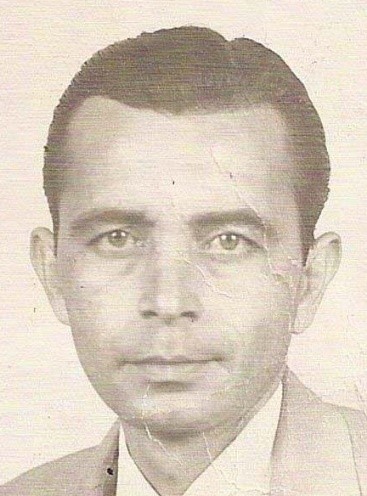
Arthur’s and Fanny’s son, Alvin Reyes Gubisch, born in 1918, followed in his father’s footsteps and joined the US Civil Service as an auto mechanic. In the 1930’s, Arthur W. Gubisch was the Superintendent of Schools for the Zamboanga region and resided in Dipolog City, located in the province of Zamboanga del Norte on the island of Mindanao in the Philippines. When the Japanese invaded the Philippines in 1941 during World War II, they took the Echavez family home in Dipolog as their headquarters and the Echavez family escaped to the jungle. The family eventually made their way to their farm in the mountains where they stayed until the fighting stopped on Mindanao. Alvin met Pat’s mother, Estrella Macute Echavez, in Dipolog where the Gubisch family were residents of the Echavez Hotel.
The Filipinos on Mindanao were led by Colonel Wendell Fertig in a guerilla fighting group called the United States Forces in the Philippines (USFIP). The strength of Colonel Fertig’s forces on Mindanao were strong enough that in January and February 1945, in preparation of the return of regular American forces, the USFIP guerillas seized the Dipolog airstrip in northern Zamboanga and held it while surrounded by Japanese. With the arrival of American forces on March 8, 1945, Fertig’s guerilla forces participated in the Battle of Mindanao that effectively ended organized Japanese resistance on the island. (Major Larry S. Schmidt, 1982)
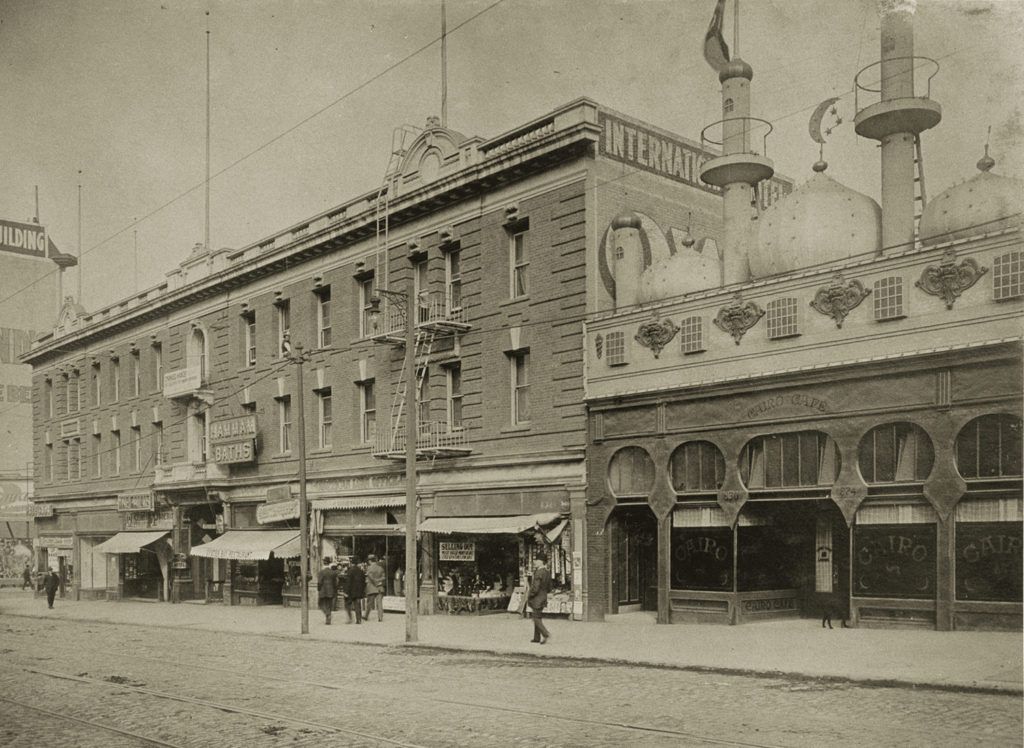
Canuto Salaver, a Manong’s Early History
Canuto was born in Ibajay, Aklan, Philippines in 1906 and immigrated to the US during the wave of the 1920’s and 1930’s which consisted of the “manong”-generation or the “bachelor society.” Filipinos who came for many reasons were predominantly males from the Ilocos and Visayans regions where the majority were laborers like Canuto. Due to the American-sponsored education system created after the Spanish-American War, Filipinos were not restricted from immigrating and did not see themselves as aliens when they came to the US. Canuto arrived in Seattle in 1927 and made his way to San Francisco where he moved into the International Hotel (I-Hotel) in the heart of “Manilatown SF,” and would live there until 1940. In the 1940 census, Canuto worked as a dishwasher for 43 cents an hour. Other residents made even less as farmworkers making 10-15 cents an hour.
From 1920-35 there was a Filipino male population of 39,328. Legislation forbid Filipinos from owning land or setting up businesses. They were to be kept moving, remain transient. They stayed in labor camps, rooming houses and hotels. The I-Hotel was one of these. “Manilatown SF,” the Kearny/Jackson Street area of San Francisco, became a permanent settlement, a convenient culture contact. It was the home field workers returned to, where merchant marines lived while in port, where distant relatives and friends could be contacted, where they could enjoy the security of a common culture. Immigration laws re-enforced the role the I-Hotel played as a surrogate family home with the social protection it provided. The Filipino community in San Francisco existed in groups dictated by economic necessity and blood brotherhood. The I-Hotel became a symbol for an entire minority community.

During this time, Canuto would hold various jobs as a laborer and restaurant worker. In late 1940, he made his transition to music. He played drums for the Hawaiian Serenaders, a big band that traveled throughout California, Colorado, Arizona, New Mexico and Utah—wherever there were taxi-dance halls to entertain farmworkers. Canuto was represented by talent agent and musician Lynn Odean Whitlock from Salt Lake City, Utah. Lynn was the father to famed Jazz bassist Von “Bob” Whitlock of the Gerry Mulligan Quartet.
Canuto would become a musical influence to Pat and the rest of the children.
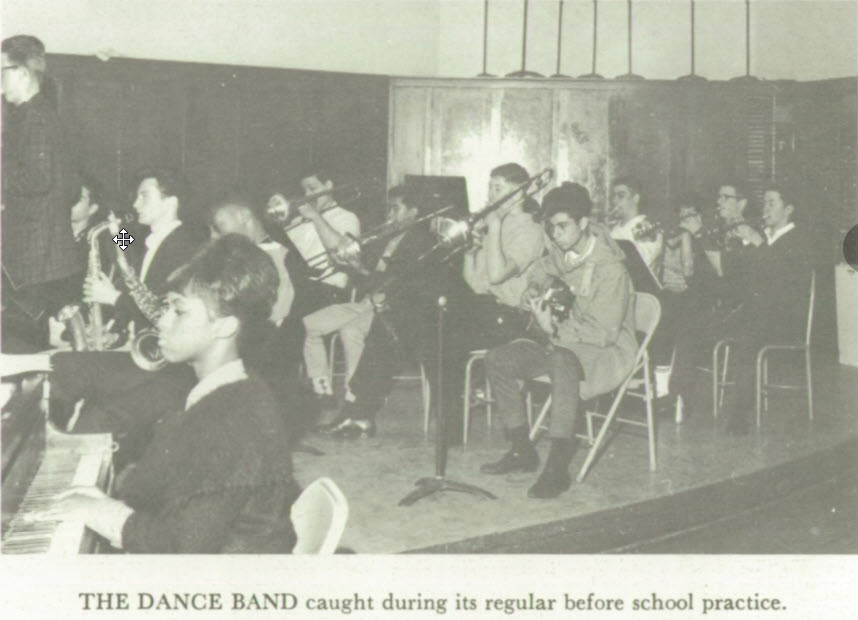
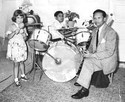
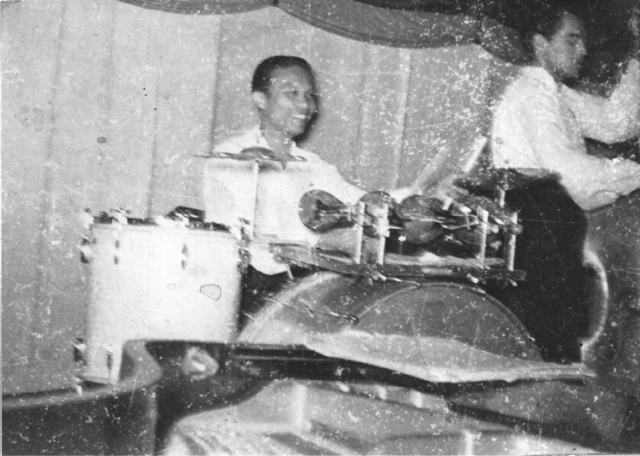
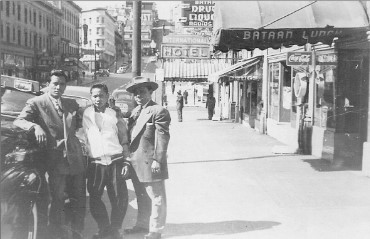
Canuto met and married Susan Jacobs in April 1944 despite California’s anti-miscegenation laws prohibiting mixed-race marriages with Malay men. Between 1943 and 1949, Canuto was the original co-founder and co-owner of the famed Bataan Lunch restaurant at 836 Kearny Street, and also years later the Bataan Pool Parlor at 840 Kearny Street next to the I-Hotel. Canuto met his business partner, Clem Mateo, at a Green Street apartment complex where they lived next to each other. Bataan Lunch was originally located at 643 Kearny St., the site of Jessie’s Lunch where Clem worked as a cook. The third partner was Mike Zacarias. Coming together as owners, they renamed their restaurant in 1943 after the Bataan Peninsula and in remembrance of the infamous Bataan Death March which took place the prior year. Canuto, Clem and Mike were part of a handful of Filipinos who owned and operated a business in San Francisco at that time. Bataan Lunch moved next to the I-Hotel in 1944 which in 1969, would become the site of the famed Mabuhay Restaurant owned by Ness Aquino. Canuto’s and Susan’s son, Richard Allen, was born in 1945 followed by a daughter, Joyce, in 1948 and another son, Thomas, in 1951. Susan divorced Canuto in 1954.
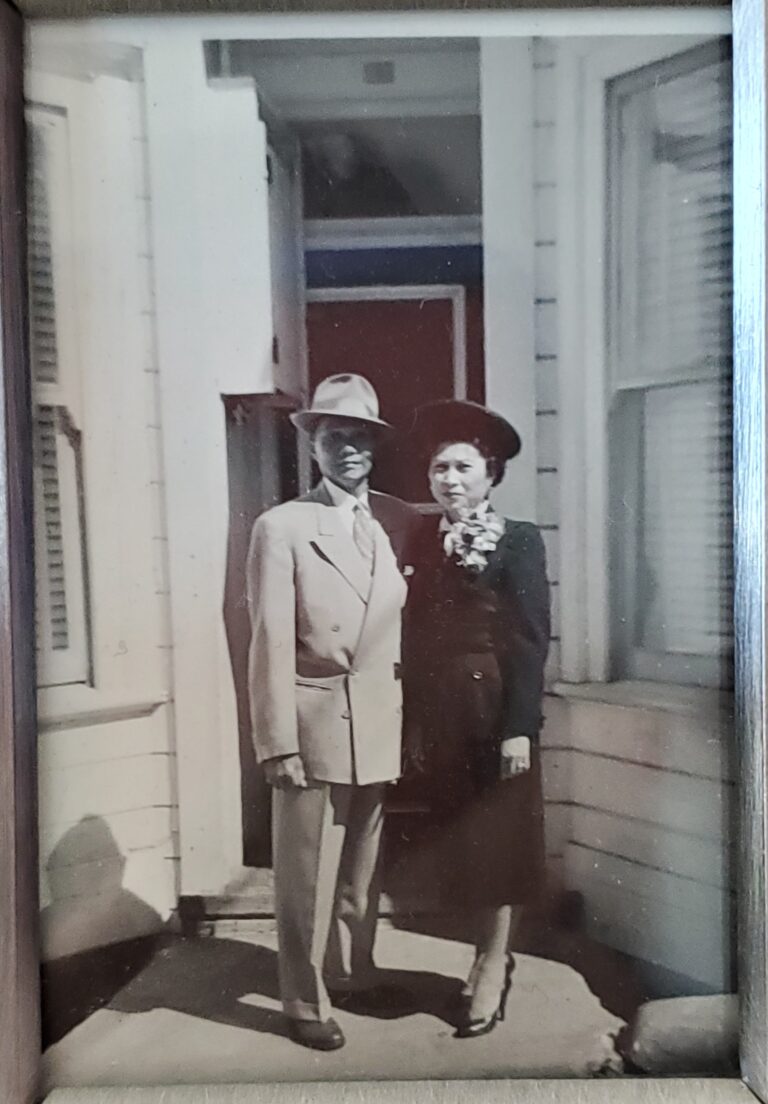
Canuto and Estrella lived in Bernal Heights from 1955 to 1959. Dorothy and Patrick write that they spent many a day climbing the hill on Bernal Heights. Pat would lead the kids in the neighborhood in play at Precita Park or the girls in selling lemonade.
Canuto would adopt the Gubisch children in February 1959 and change their last name to Salaver. Canuto would become a naturalized citizen in 1960, having lost his US national status after the Philippines became independent. Pat and Estrella would become naturalized citizens in 1961.